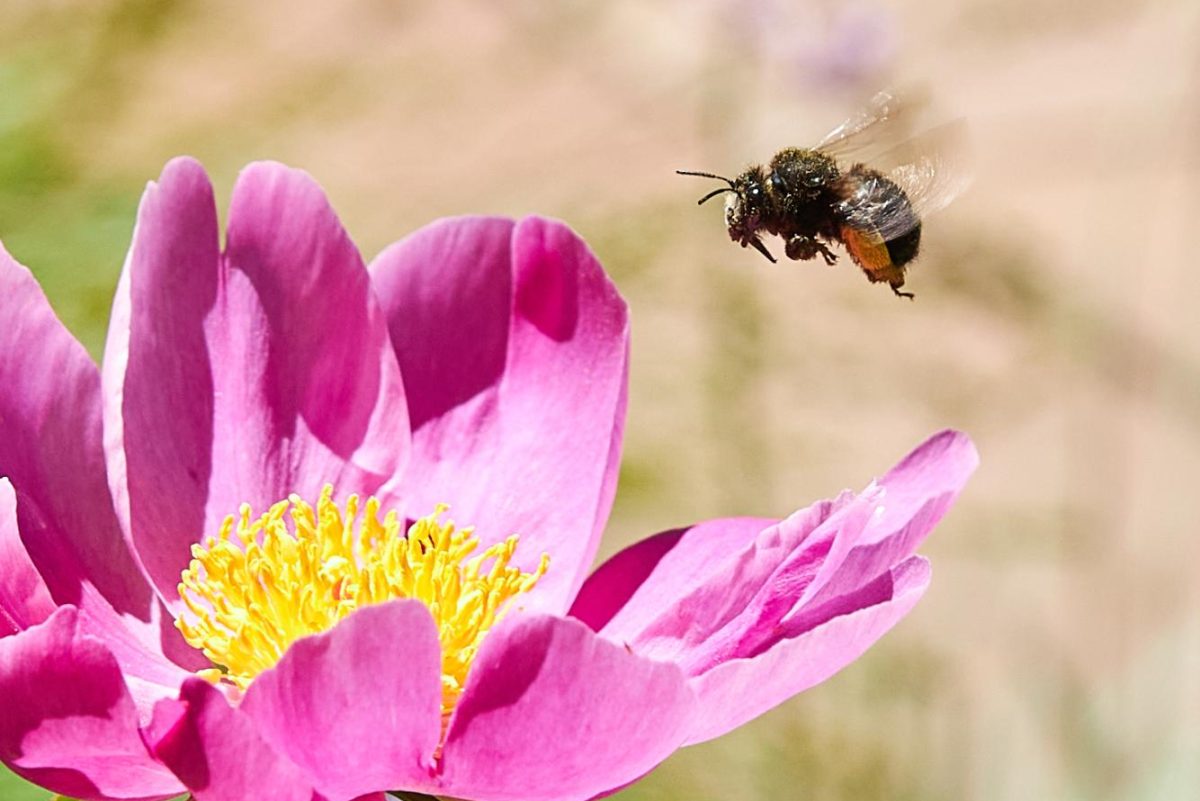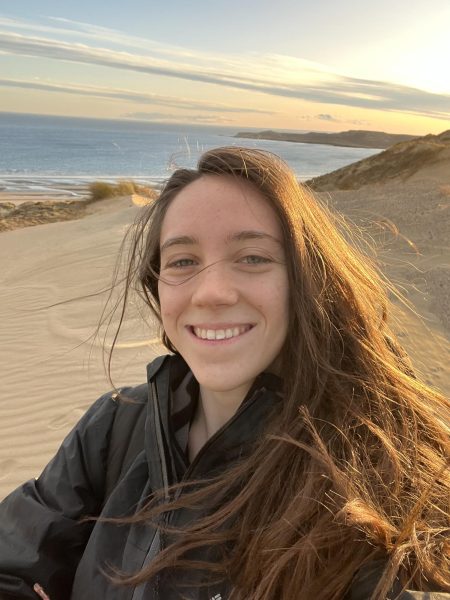Native bees are the hearts of our ecosystems. They are vital in plant pollination ecosystem support and human health. And if we love wildflowers, we have to love native bees. In this age of alarming bee population declines, protecting native bees is more important than ever.
It may come as a surprise that honey bees can cause more environmental harm than good. As a non-native species, honey bees put delicate native bees at risk.
Honey beekeepers can request permits to place their honey bee hives on public lands. The Forest Service — under the USDA — and the Bureau of Land Management — under the DOI — can grant these permits using categorical exclusions. Categorical exclusions allow them to grant permits without assessing the potential environmental harms.
Introducing non-native honey bees to public lands can severely disrupt native bees and ecosystems. It is unacceptable for the DOI and USDA to continue granting honey bee hive permits under the categorical exclusion. We need environmental assessments before placing honey bee hives on public land.
Native Bees
Dr. Mary O’Brien is a pollination biologist and executive director of Project Eleven Hundred. She said categorical exclusion is “outdated” and “doesn’t reflect reality.” Nowadays, we know honey bee hives can cause severe damage to public lands. We need a policy that accounts for this.
Several studies reveal that honey bees transmit diseases and parasites to native bees. They also use up copious amounts of limited resources. In one summer a single honey bee hive gathers enough pollen to raise 100,000 native bees.
Resource competition and disease are serious matters. Categorical exclusions permit honey bees to enter public lands without assessing these real risks. This is completely nonsensical. Our public lands — and the native bees that call this them “home” — deserve so much better.
Utah is a haven for native bees. Southern Utah has approximately the same number of native bee species as does the entire U.S. East Coast. O’Brien remarks that Utah’s native bees are a “real treasure.” The DOI and USDA do not treat them as such. So long as they allow categorical exclusions to continue, they show utter disregard for wildlife.
On Plants
If honey bees enter public land ecosystems, native plants are imperiled.
Native bees coevolved with native plants and pollinate them more effectively than honey bees. If honey bees replace native bees, their subpar pollination abilities can decrease plant reproductive success.
O’Brien adds that honey bees often “ignore rare plants” when pollinating. Tony Frates — a conservation co-chair for the Utah Native Plant Society — reveals more troubling news. He says honey bees “tend to favor weedy [invasive] plants.”
If invasive plants thrive while the health of native — and rare — plants decline, this is terrible news for ecosystems. When plants suffer, practically all creatures suffer. According to Frates, healthy flora is “critical to our environmental health,” and “healthy native flora … means healthy native fauna.”
Utah has incredibly diverse native plant life. Frates notes that many of these plants “only [exist] in Utah and nowhere else.” The DOI and USDA put rich biodiversity, one of Utah’s greatest assets, at risk. They must end categorical exclusions before our ecosystems suffer irreversible damage.
Public Lands
Several agricultural industries use honey bees to pollinate crops like almonds. After pollination season, they look for temporary places to store their hives. Some beekeepers have lost access to private lands where they previously stored honey bees. Now, they look to public lands.
This is a mistake. Public lands are the last places agricultural industries should store their hives. On public lands, we see the previous semblances of a time before environmental ruin. Inviting non-native honey bees into public lands should be a last resort.
Permitting honey bee hives to enter public lands is risky. Doing so without assessing the risks of placing them in given areas is reckless. Categorical exclusions enable this exact action. It is utterly unacceptable for the DOI and USDA to continue using them.
Project Eleven Hundred sent petitions to the USDA and DOI to end categorical exclusion. After four years, the DOI has yet to respond. The USDA swiftly rejected the petition on what O’Brien called an “inaccurate basis.” Their responses are disappointing. Native bees and ecosystems deserve consideration and protection. The DOI and USDA must step up.
Hope
O’Brien says while honey bees “don’t have to be on public lands,” public lands are native bees’ “last refuge.” The DOI and USDA should prioritize the native bee’s survival above the honey bee’s inessential access to this land. Using categorical exclusions, they completely disregard the well-being of these vital creatures.
O’Brien says only two permittees currently house honey bee apiaries — groups of hives — on public lands in Utah. There are relatively few honey bee hives on public lands. Yet, these hives can still cause significant damage.
Stopping — or reducing — the number of honey bee hives on public lands is doable, as is accessing the risks of hive placements. O’Brien notes that we are “not challenging a fundamental industry that depends on public lands.” This issue is still relatively small. The DOI and USDA have every reason to get working.
Take Action
One of the best ways to support native bees is to plant gardens. Plant native and drought-resistant plants like blanket flowers and watch as lively native bees flock to them. Frates also recommends the University of Utah “convert [its open spaces] back to native vegetation.”
Frates notes that the “widespread use of pesticides and insecticides” causes bee deaths. Households must limit their use of these chemicals and practice integrated pest management. The U must be especially careful given its proximity to the Red Butte Garden, where 127 bee species flourish. Native bees and the ecosystems they support are invaluable. So long as honey bees enter public lands without risk assessment, native bees are imperiled. The DOI and USDA must end categorical exclusions now, so we can embrace a happy future filled with native bees.
emma.smith@dailyutahchronicle.com




